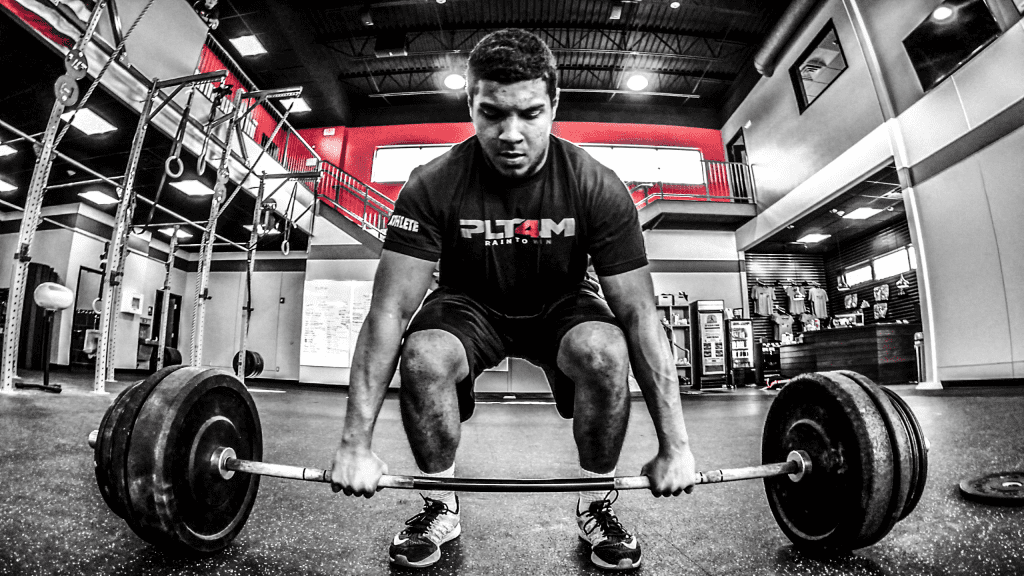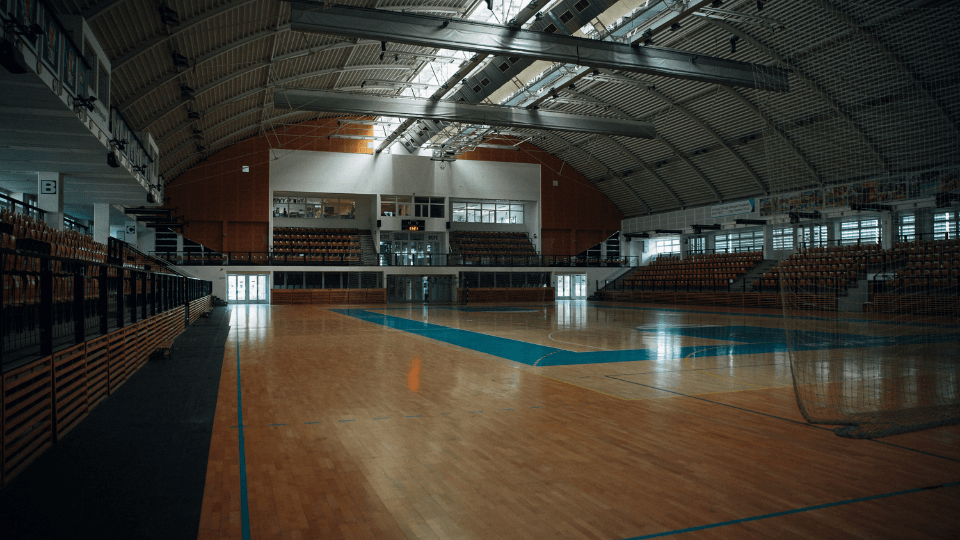When it comes to progress, effort matters most. Almost any training program will generate some positive results – so long as the kids using it are motivated and engaged. Just completing a workout is not good enough. The athlete must intentionally push his or her limits. The old adage, “If it doesn’t challenge you, it won’t change you,” rings true when it comes to athletic development. Complacency is the enemy of progress. If your athletes aren’t continually pushing themselves to improve, they won’t. So how do you motivate your athletes to dive in and give it their all each and every day?
When push comes to shove, kids will sweat, bleed, and fight tooth and nail for “points” – especially athletes. It’s in their nature to want to win, and this desire is the greatest motivator when it comes to hard work. If you inject an element of competition into training, your athletes’ engagement will increase dramatically. This, in turn, will generate better results.
You may be thinking that this is easier said than done. It is hard to balance motivation with work, fun with fitness. We offer that there are a number of ways you can easily add competition to your training without sacrificing anything in the process. Let’s take a quick look at 3 ways in which we here at PLT4M utilize competition for athletic development.
Improve Results Through Competition

Share this article:
Recent Posts
Interested if PLT4M can work at your school?
Follow Us!
At Stockbridge JR/SR High School, students from all grade levels come to the weight room with different experiences, interests, and abilities. How do they ensure that all students leave feeling personal achievement, and keep them coming back every year?

Building A Successful 7th-12th Grade Weight Training Program
Stockbridge Junior Senior High School has developed a 7th-12th weight training program that is building a sense of success in all students.
hubs.li
What does Lifetime Fitness Activity mean in your Physical Education curriculum?
What activities do you expose students to, and why?

Lifetime Fitness Activities
Lifetime fitness activities in physical education can support lifelong fitness, health, and wellness. See how!
hubs.li
At this HS, PE students can choose from a range of fitness activities - options like weightlifting, yoga, boxing, pilates, and bootcamp. Encouraging exploration & choice, it empowers them with the skills and confidence for a lifetime of health & wellness.

Student Choice in PE Leads To School-Wide Success
How does a school increase the motivation and excitement around physical education? Hutsonville does it by empowering student choice!
hubs.li
How does a high school Physical Education department transition from primarily a games-based program to a more fitness-focused curriculum?

Fitness-Focused Phys Ed At Hammond Central
After obtaining a grant to invest in curriculum and technology, Hammond Central has seen success with fitness-focused phys ed!
get.plt4m.com
With SEL playing a more prominent role in the crafting of physical education curriculum, how do you go about addressing mental health by way of emotion?

Lesson Plans On Emotions For Middle and High School Students
We discuss the importance of teaching social-emotional development in middle and high schools and provide 3 sample lesson plans on emotions.
hubs.li
How did one high school place students, with their own personal goals and choices, at the center of the approach to Physical Education?

Student-Centered Strength And Fitness Classes
Littlestown High School in Pennsylvania is seeing the positive results of student-centered learning in Strength and Fitness classes.
hubs.li



